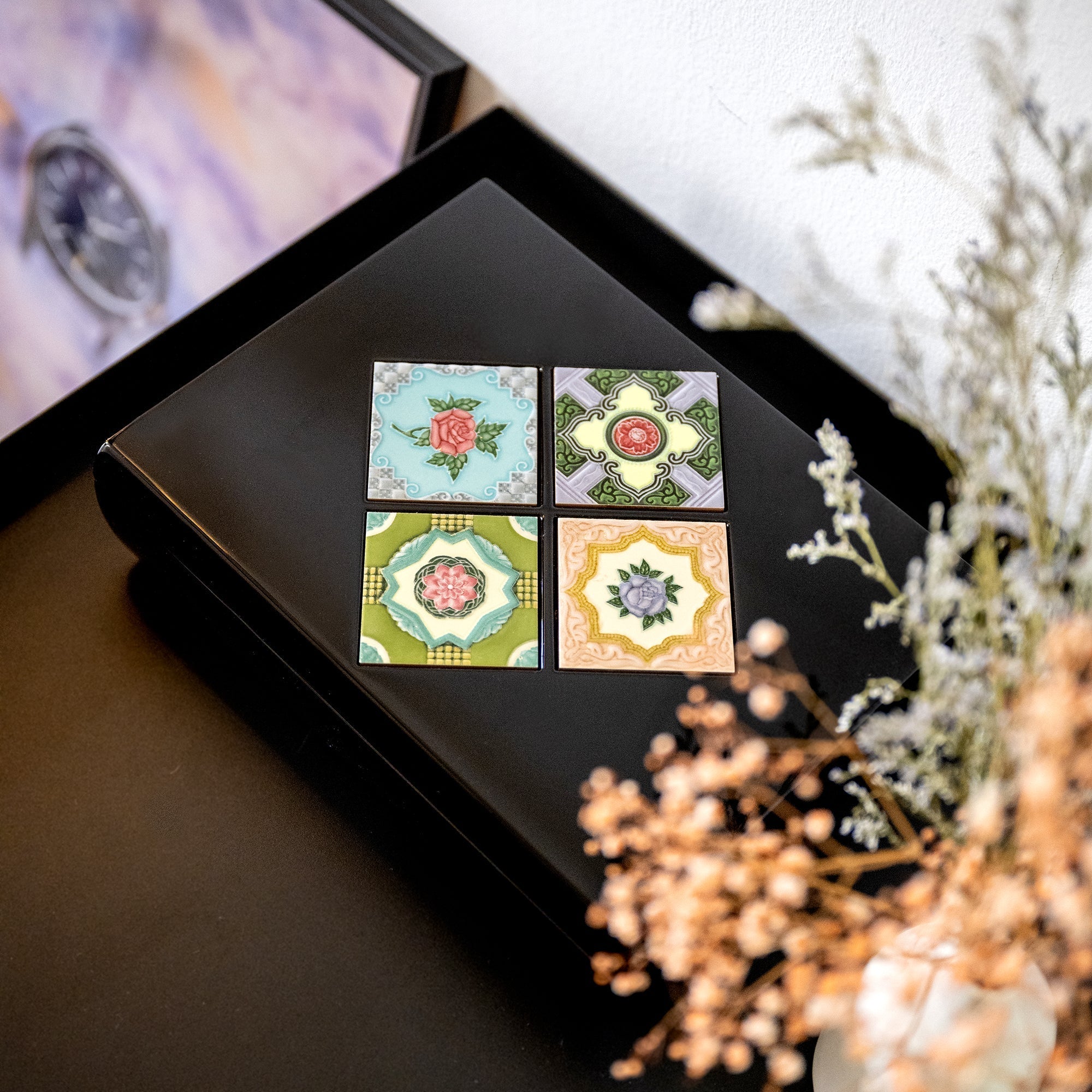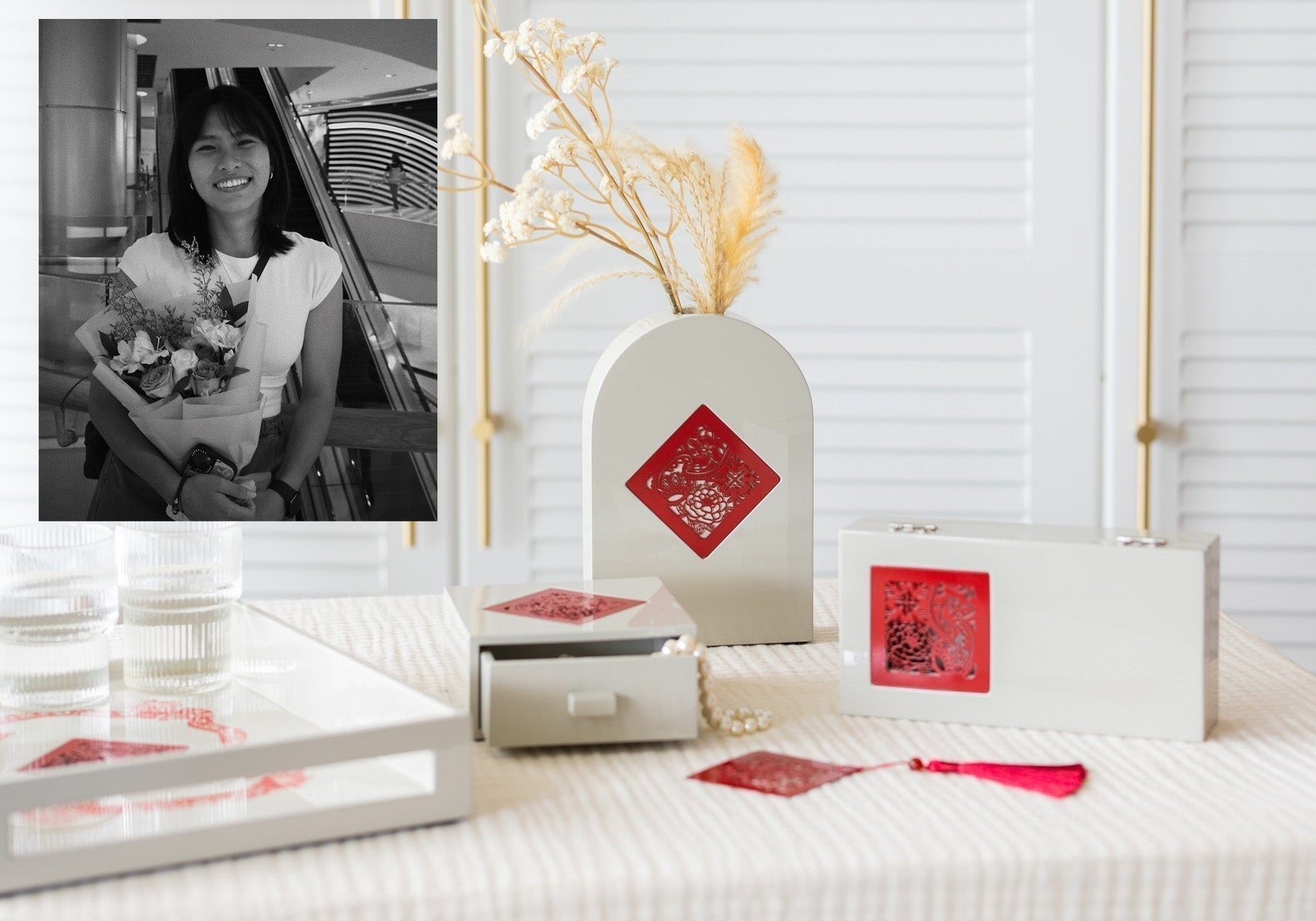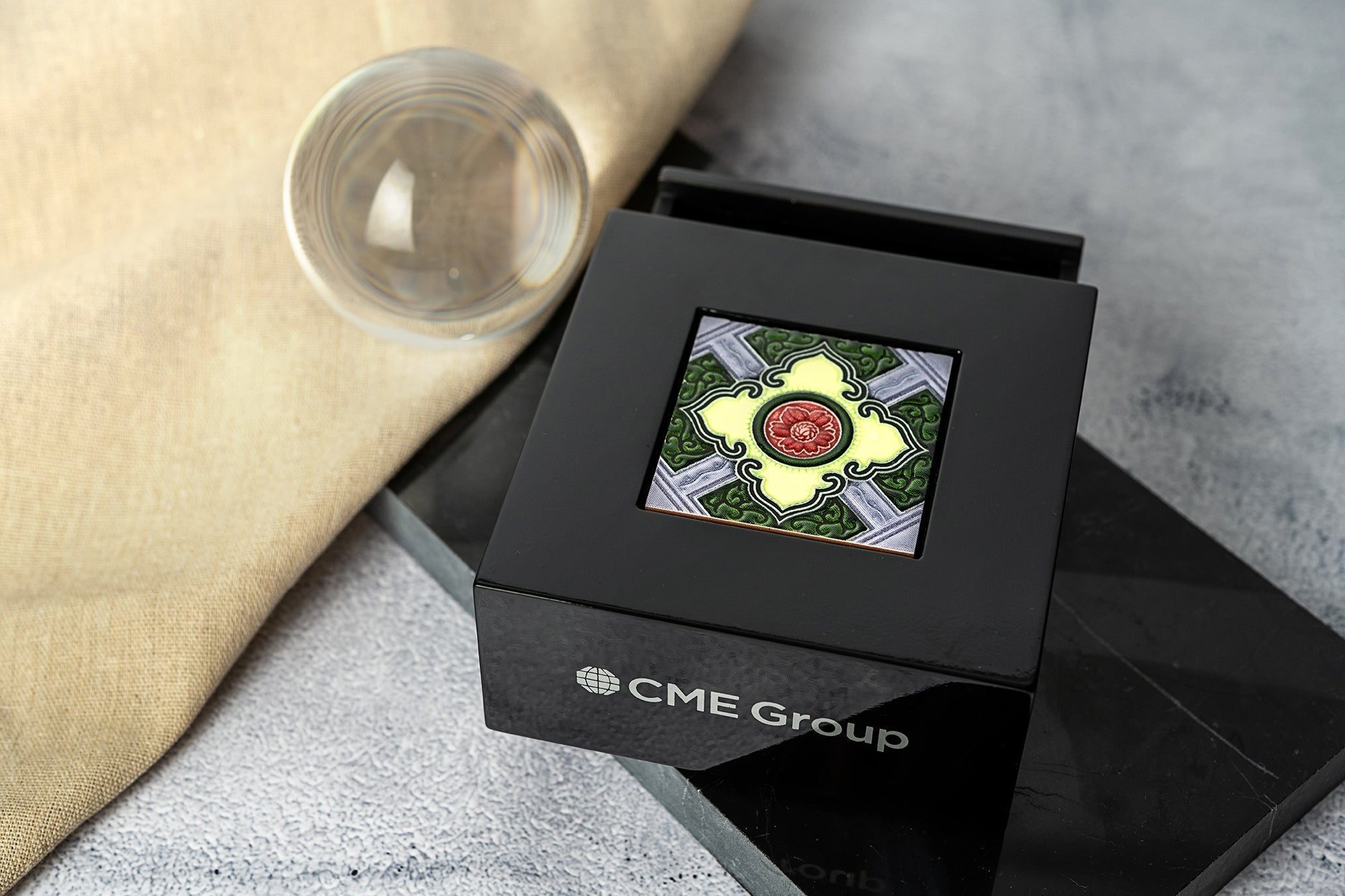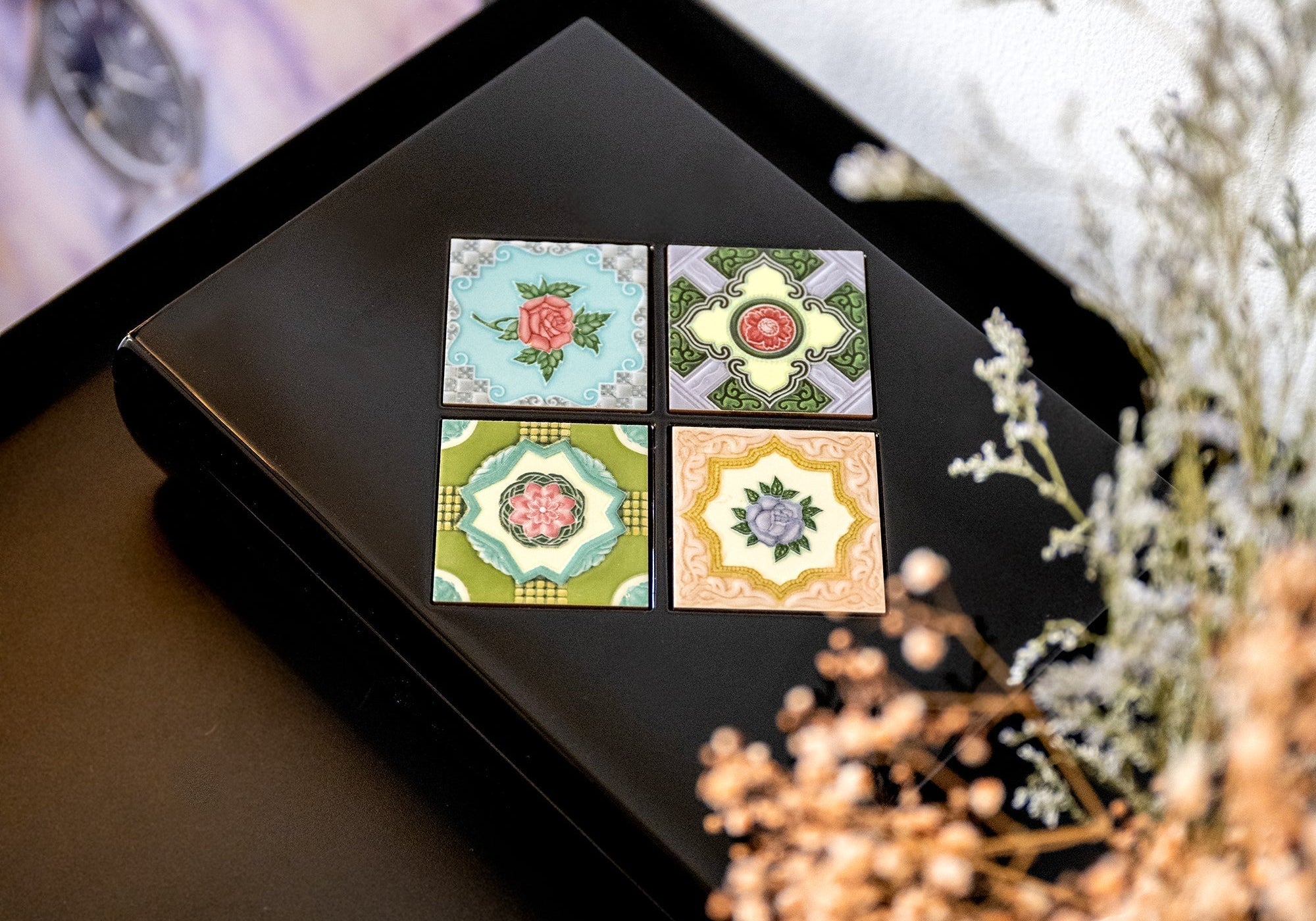Peranakan tiles are a defining feature of Singapore’s rich cultural heritage, adding vibrancy and charm to the city’s historic shophouses. These intricately designed tiles are more than just decorative elements — they represent a fusion of Chinese, Malay, and European influences, each pattern carrying a story of artistry and tradition.
The Artistry Behind Peranakan Tiles
Peranakan tiles are known for their elaborate designs and meticulous craftsmanship. They are commonly found adorning the facades, floors, and staircases of Peranakan shophouses, as well as within temples and old colonial homes.

Distinctive Features of Peranakan Tile Designs:
-
Floral Motifs: Peonies, chrysanthemums, and lotuses symbolise prosperity, longevity, and purity. These designs are heavily influenced by Chinese traditions and beliefs.
-
Geometric Patterns: Some tiles feature intricate geometric or Art Nouveau-inspired designs, reflecting the European influence on Peranakan aesthetics.
-
Bold, Vibrant Colors: Unlike the monochromatic tiles found in traditional Chinese homes, Peranakan tiles are known for their rich pastel and jewel-toned hues, including turquoise, pink, and emerald green.
-
Glossy Finish: Most Peranakan tiles have a glazed, glossy surface that enhances their vibrancy and durability.
Origins and Evolution of Peranakan Tiles
While these tiles are often associated with Peranakan culture, they were originally imported from Europe, particularly England and Belgium, during the late 19th and early 20th centuries.
As the Peranakan community grew in affluence, they customised these tiles to reflect their unique cultural identity, incorporating motifs that resonated with their traditions and beliefs.
Over time, local artisans in Singapore and Malaysia began crafting these tiles by hand, further refining their intricate patterns and unique colour palettes.
READ MORE: The Iconic Peranakan Collection
Where to See Peranakan Shophouses and Tiles in Singapore
Be greeted by rows of colourful shophouses that date back to the early 1900s.
Best Places to See Peranakan Shophouses in Singapore
📍 Joo Chiat & Katong – The heart of Peranakan culture, featuring rows of pastel-coloured shophouses along Koon Seng Road. These homes are among the most photographed in Singapore!
📍 Emerald Hill – Located just off Orchard Road, this quiet street is lined with restored Peranakan shophouses showcasing a blend of Baroque and Chinese influences.
📍 Blair Road – A hidden gem near Outram Park, known for its beautifully preserved shophouses with intricate tilework and ornate wooden doors.
📍 Petain Road – Less well-known but equally stunning, this street in Jalan Besar features Peranakan-style shophouses with bold-coloured tiles and Art Deco influences.
📍 Tanjong Pagar (Erskine Road & Duxton Hill) – Some shophouses here have been converted into boutique hotels and cafes, making it a great spot to experience Peranakan heritage while enjoying a coffee.
Bring Peranakan Style into Your Home
The legacy of Peranakan tiles continues to be celebrated in Singapore, not only as a symbol of the past but as an enduring design element that bridges history with modern living. Whether in historic shophouses or contemporary homes, these exquisite tiles remain a treasured part of the city’s architectural charm.
 The timeless beauty of Peranakan tiles makes them a beloved design choice in contemporary interiors, adding a touch of heritage charm to modern homes. Bring Peranakan elegance into your own space with lacquerware from our Peranakan Collection, featuring intricate ceramic tiles embedded within!
The timeless beauty of Peranakan tiles makes them a beloved design choice in contemporary interiors, adding a touch of heritage charm to modern homes. Bring Peranakan elegance into your own space with lacquerware from our Peranakan Collection, featuring intricate ceramic tiles embedded within!
YOU MAY ALSO LIKE: The Ivory Nyonya Collection







